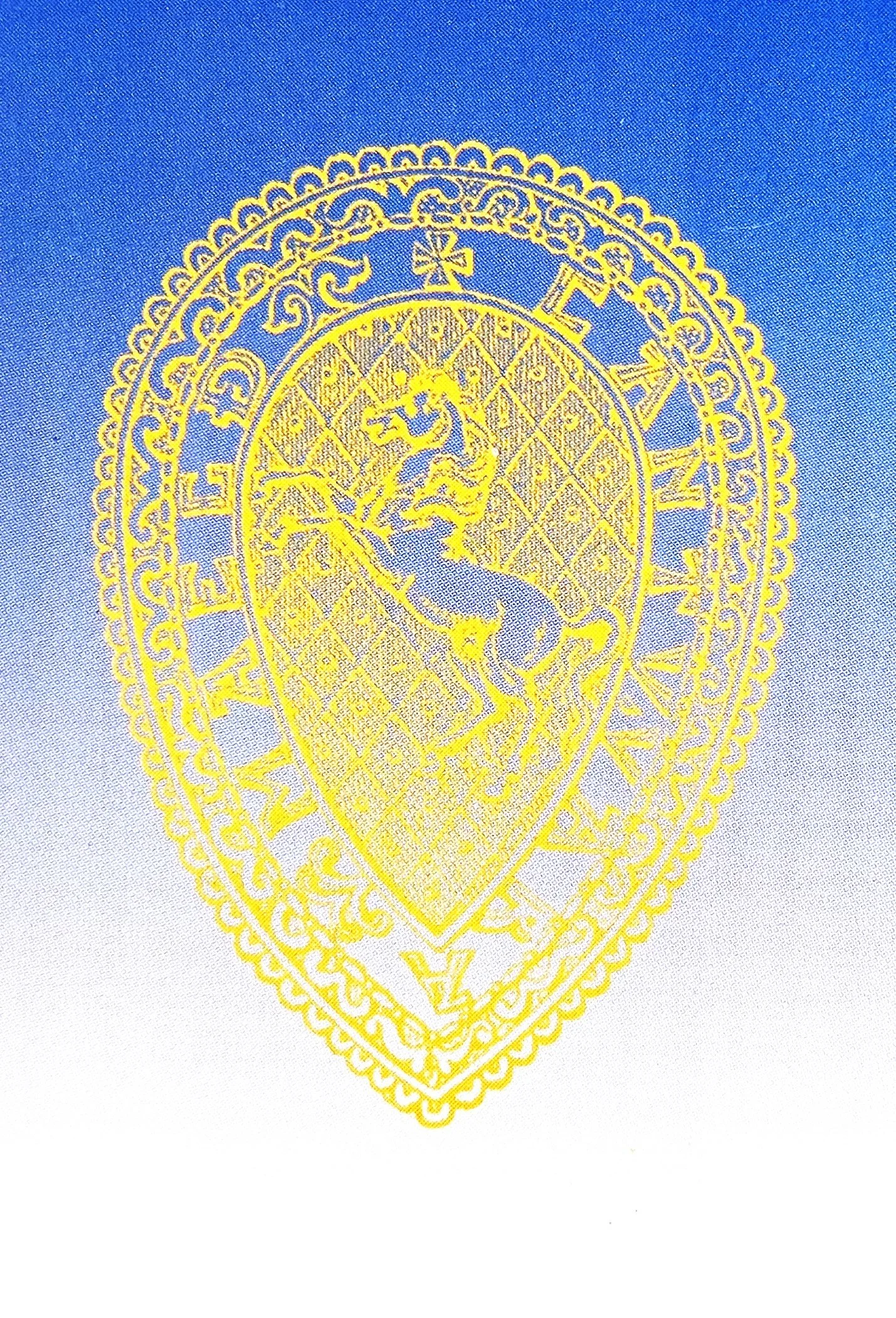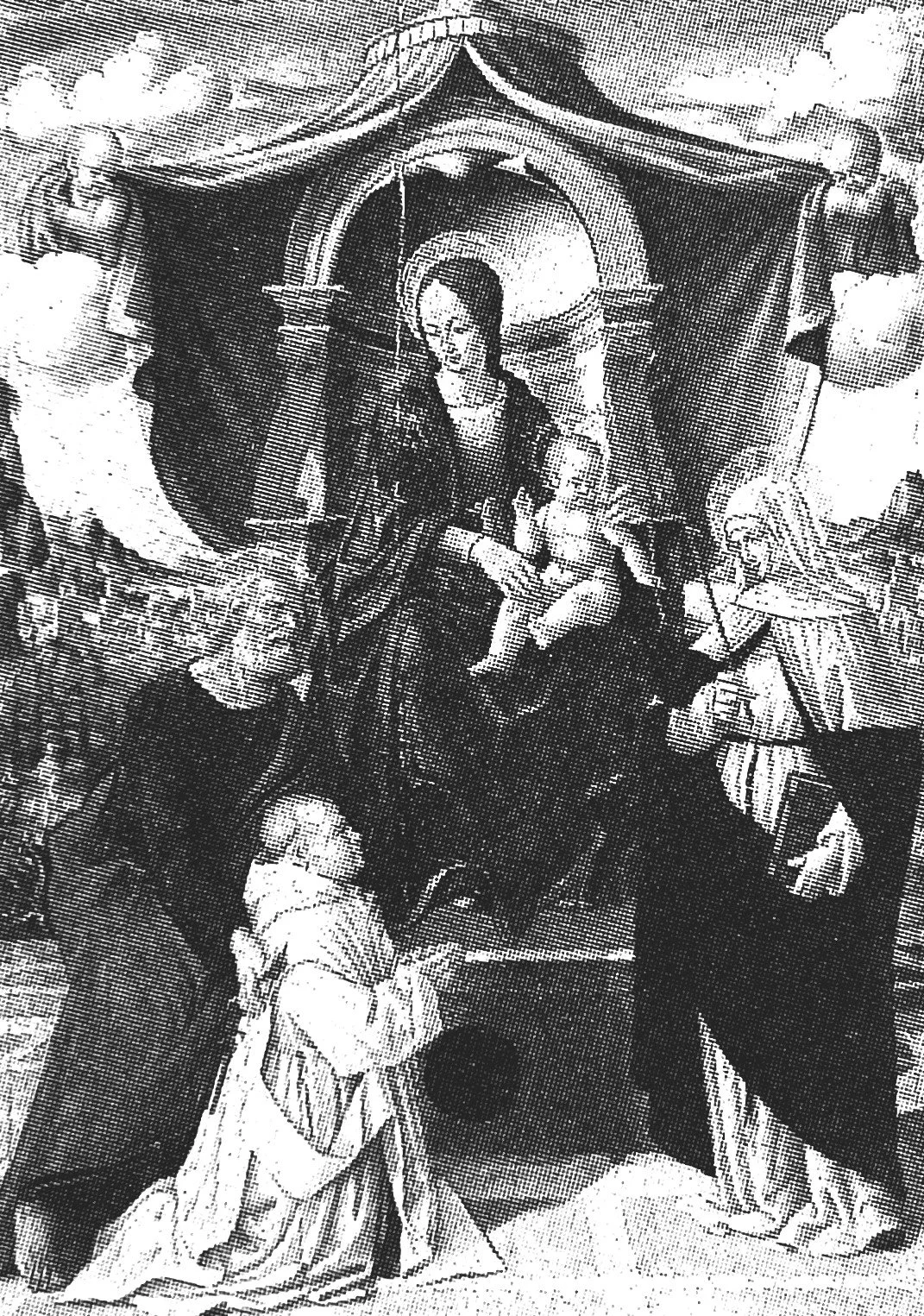Featured
Alexis Haslam, 2004, KAS Newsletter, Issue 63 (Winter 2004/5). Maidstone: Kent Archaeological Society.
Lyn Palmer, 2004, KAS Newsletter, Issue 63 (Winter 2004/5). Maidstone: Kent Archaeological Society.
, 2004, KAS Newsletter, Issue 63 (Winter 2004/5). Maidstone: Kent Archaeological Society.
Denis Anstey, Project Manager, 2004, KAS Newsletter, Issue 63 (Winter 2004/5). Maidstone: Kent Archaeological Society.
Damien Boden, Site Director, 2004, KAS Newsletter, Issue 63 (Winter 2004/5). Maidstone: Kent Archaeological Society.
Alison Saunders (Headteacher), 2004, KAS Newsletter, Issue 63 (Winter 2004/5). Maidstone: Kent Archaeological Society.










KAS Newsletter, Issue 63 (Winter 2004/5). Maidstone: Kent Archaeological Society.